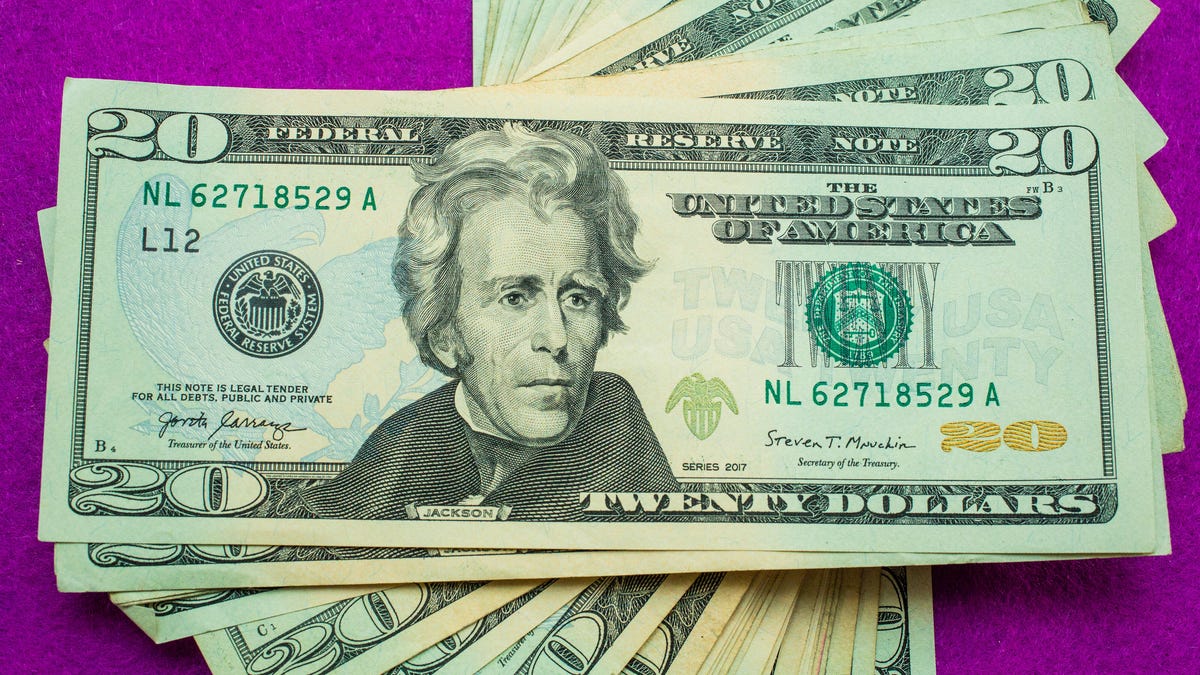Want to Get Your Tax Refund Back Sooner? Do This When You File
Get your money in your hands sooner by doing this when you file your tax return.

The IRS says most taxpayers who use direct deposit will get their tax refunds in three weeks.
If you haven't filed your tax return yet, we have some advice to help you get your tax refund money as quickly as possible. It's a quick step that you don't want to miss when filing your taxes this year.
It takes only a few extra minutes, and you'll get your refund within 21 days on average if you follow the tips, instead of the four or more weeks if you don't. (Here's another way to get your tax refund up to five days sooner.)
We'll explain the benefits of setting up direct deposit and electronic filing with the IRS to get your refund faster and how to do it. For more details, here's why you may want to wait to file your taxes.
First, file electronically
You can expect a quicker refund if you combine direct deposit with electronic filing, rather than printing out and mailing in paper tax returns. The IRS is asking taxpayers to avoid filing paper returns, if possible, and instead e-file. Filing your return the old-school way could cause another processing delay. Filing your tax return closer to the beginning of tax season rather than closer to the deadline will also set you up to get your tax return faster.
To file electronically you can either use the IRS' Free File service that, if you qualify, lets you file your tax return for free. Our picks for best tax apps this year also let you file electronically.
Second, direct deposit will get your tax refund faster
When you file your taxes, you usually have the option to add a bank account so you can receive your refund through direct deposit. "The best and fastest way to get your tax refund is to have it electronically deposited for free into your financial account," the IRS says. You can have your money deposited in up to three different accounts if you'd like to split up your tax refund.
In fact, the IRS recommends setting up direct deposit to avoid any delays with your refund. The average time it takes to get tax refunds back for those who filed electronically with direct deposit is less than 21 days, according to the IRS.
Get your money quicker with direct deposit.
Direct deposit saves the government money and paper
Each paper refund check issued costs US taxpayers more than $1, but it costs only a dime for each direct deposit made, according to the IRS. By December 2023, over 105 million refunds were issued, with over 9 million sent by mail.
That means in 2023, it cost taxpayers over $9 million for paper check refunds to be sent out and roughly $9.6 million for direct deposit.
Direct deposit lets you send your tax refund to multiple accounts
If you'd like to have your tax refund spread out across several accounts, now's the time to do that. When setting up direct deposit on your taxes, you can add up to three different bank accounts, which can be beneficial if you're using one as a savings account.
Note that you can't add more than three accounts. If you do, you will receive a notice from the IRS and a paper check.
Direct deposit is cheaper than receiving a check.
Set up direct deposit when you file your 2023 taxes
When filing taxes, select Direct Deposit as your refund method in your tax software, then type in your bank account and routing numbers (you can still add your bank account information even if you're not getting a refund). You can find your account and routing number on your bank's website when you sign in, call your bank branch or locate the numbers on a check or statement. You can also give your tax preparer this information if you don't file your taxes yourself.
The IRS says your refund should only be deposited directly into a US bank or US bank-affiliated account and that it needs to be in your name, your spouse's name or both if it's a joint account.
What if you don't have a bank account for direct deposit?
If you don't have a bank account and still want to set up direct deposit with the IRS, you have options. The first, and most direct, is to open a new bank account.
The FDIC's GetBanked page includes a banking locator service and info to help you review and choose a bank. If you prefer a nonprofit, member-owned banking option, consider a credit union. Visit CNET's best checking account and best saving account features for additional information on bank accounts.
If you don't want to open a bank account, you can also receive your tax refund via direct deposit with a prepaid debit card. All cards that accept direct deposit will have account and routing numbers that you can enter in your tax return.

